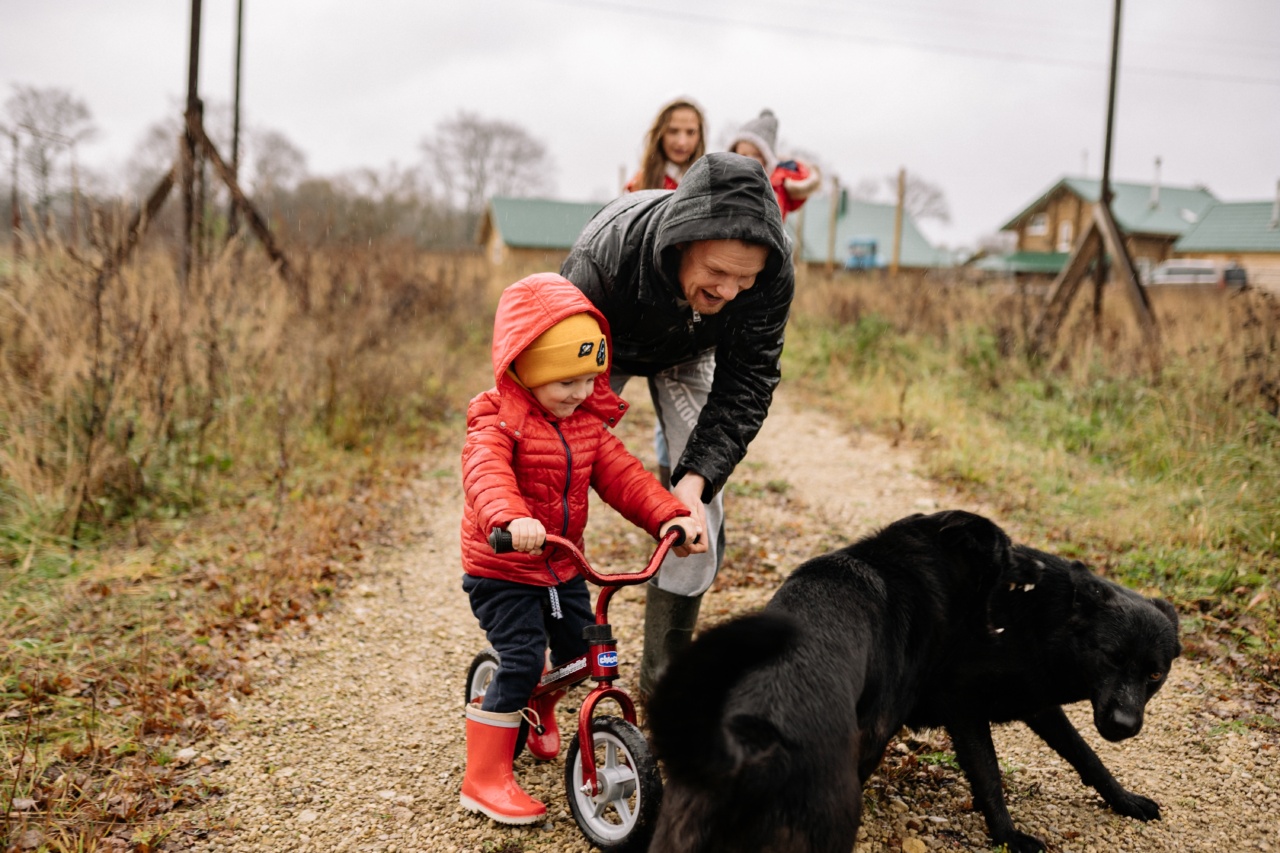When it comes to training our furry friends, one of the most important things to establish from the beginning is who is in charge. Whether you’re raising a new puppy or working with an adult dog, the same rules apply.
Here are some key things to keep in mind as you work to assert your leadership and create a well-behaved, obedient pup.
Establishing Yourself as the Alpha
In the wild, dogs live in packs that are ruled by an alpha member. As owners, we need to establish ourselves as the alpha in our dog’s life. This means setting clear boundaries and rules and enforcing them consistently.
Dogs need structure in their lives, and when we provide it for them, we create a sense of security and stability that can help reduce anxiety and unwanted behaviors.
One way to establish yourself as the alpha is to start with simple commands like “sit” and “stay.” By showing your dog that you are in control and that they need to obey your commands, you can start to build a foundation for more advanced training. When your dog follows your commands, be sure to reward them with praise or a treat. Consistent reinforcement will help solidify your role as the leader of the pack.
Teaching Good Manners
No one wants a dog that jumps on every visitor that comes to the door or pulls relentlessly on the leash during walks. By teaching your dog basic manners and obedience, you can ensure that they are a well-behaved member of society.
Here are a few key behaviors to focus on when training your dog:.
1. Loose-Leash Walking
Dogs are natural pullers, and it can be frustrating to try to take them for a walk when they are yanking you all over the place. By practicing loose-leash walking, you can teach your dog to walk calmly by your side without straining at the leash.
Start by walking your dog on a leash and gently correcting them when they start to pull. Be sure to reward them with treats when they walk calmly beside you.
2. Sitting Politely for Greetings
Jumping on visitors or running to the door when someone arrives can be a big problem for some dogs. To help your dog learn to greet guests politely, start by practicing sit commands and rewarding them whenever they remain seated when guests arrive.
Over time, your dog will learn that remaining still is a better way to get attention and praise than jumping up.
3. Waiting for Permission to Eat or Go Outside
Teaching your dog to wait for permission before eating their food or going outside can be an important way to establish your leadership.
By refusing to let your dog start their meal or go outside until you give the go-ahead, you are letting them know that you are in control. This simple practice can help your dog learn patience and self-control, which can be beneficial in many different situations.
4. Staying Calm in Public
Getting out and about with your dog can be fun, but it can also be challenging if your dog is anxious or easily excitable. By teaching your dog to remain calm in public, you can help them enjoy a variety of experiences without getting overwhelmed.
Start by practicing in low-stress environments and gradually work up to more challenging situations like busy streets and crowded parks.
Conclusion
Establishing yourself as the alpha and teaching your dog good manners can take time and patience, but the rewards are well worth it.
By investing the effort early on, you can help your dog become a happy, well-adjusted member of your family who is a joy to be around.




























